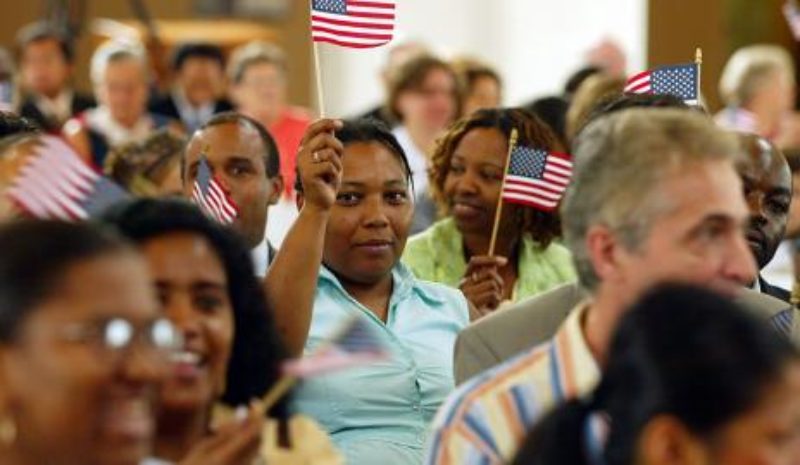Arrest and Prosecution

How do authorities combat human trafficking?
The most effective way to investigate human trafficking cases is through collaboration between relevant executive branch agencies, federal, state, and local law enforcement, and with civil society organizations on the ground.
FBI investigators participate in collaborative anti-trafficking task forces throughout the country, and Anti-Trafficking Coordination Teams (ACTeams) comprised of staff from the Department of Justice (DOJ), the Department of Homeland Security (DHS), and the Department of Labor (DOL) have helped create strategic action plans to combine the expertise and confidential intelligence of these agencies. Separate task forces funded by the office for Victims of Crime (OVC) and Bureau of Justice Assistance (BJA) also work with state and local authorities in collaboration with non-governmental organizations (NGOs) to investigate human trafficking cases.
Law enforcement agencies receive intelligence about potential human trafficking cases from citizen complaints, the National Human Trafficking Resource Center Hotline, and referrals from NGOs, victim services organizations, and community organizations. Human trafficking investigation units then use a variety of investigative techniques to recover victims and locate traffickers, including wire intercepts and undercover operations.
They also use Continued Presence laws, which allow foreign nationals to remain in the United States during the course of human trafficking investigations and prosecutions, to enlist the help of trafficking victims who are potential witnesses. T-visas operate similarly. Granted to trafficking victims who cooperate with law enforcement and who would be in danger if returned to their home countries, T-visas allow victims to remain in the United States to assist in prosecuting their traffickers and to apply for permanent residency following the prosecution.
How often are sex and labor traffickers brought to justice?
Since human trafficking cases go largely unreported, it’s difficult to accurately estimate the total number of labor and sex trafficking victims in the United States. However, from 2005 to 2014, the DOJ Civil Rights Division and the U.S. Attorneys’ Offices prosecuted 1129 defendants in 468 human trafficking cases, securing 758 convictions. 485 of these convictions were for sex trafficking offenses and 273 were for labor trafficking.
Despite the fact that the majority of human trafficking victims are exploited for labor, there are far more investigations, prosecutions, and convictions involving cases of sex trafficking than labor trafficking, both in the United States and abroad. Global statistics from the International Labor Organization (ILO) estimate that 68 percent of human trafficking victims worldwide are exploited for labor in the private economy, while 22 percent are exploited for sex and 10 percent are exploited in state-sponsored labor or security forces.
Between 2005 and 2014, there were 173 labor trafficking cases filed by the DOJ and U.S. Attorneys’ Offices, while 295 sex trafficking cases were filed. Data from the National Human Trafficking Resource Center also shows that sex trafficking cases are reported much more frequently than are labor trafficking cases—in 2015, the Resource Center’s Human Trafficking Hotline received 4,136 calls reporting potential sex trafficking cases, while only 721 calls were specifically regarding suspected cases of labor trafficking.
With increased public awareness of what constitutes labor trafficking and the warning signs of domestic servitude and forced private-sector labor, the number of labor cases reported and prosecuted should begin to reflect the reality that 68 percent of trafficking victims in the world are in fact unpaid or underpaid workers in high-risk industries.
Additional resources must be devoted to fighting all types of human trafficking, including sex, labor and state-sponsored exploitation. Relative to the number of trafficking victims in the world (20.9 million, according to the ILO) the number of prosecutions—4,443 in 2014—is nowhere near a level where they might deter traffickers from exploiting people.
In the United States, although 5,042 potential cases were reported through the Human Trafficking Hotline in 2014, and still many others undoubtedly went unreported, there were only 184 trafficking convictions that year. Traffickers essentially operate with impunity both at home and abroad, and will continue to do so unless the United States and governments commit to doing what it takes to increase prosecutions and hold perpetrators accountable.
